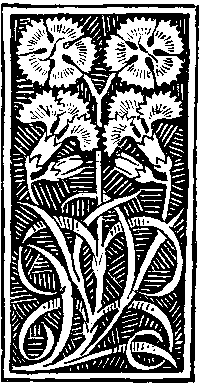Nomadic Transgender Identity:
Patricia Duncker’s James Miranda Barry and Wesley Stace’s Misfortune
Keywords:
androgyny, detteritorialisation, hermaphroditism, intersex, multiperspectivism, nonce taxonomy, sartorial semiotics, tomboyishnes, transgender, transidentityAbstract
Neo-Victorian fiction is concerned with retrieving the past of marginalised, ostracised figures. Transgender characters – whether historical or fictional – have been the subjects of two significantly different fictions: Patricia Duncker’s James Miranda Barry (1999) and Wesley Stace’s Misfortune (2005). After a short reminder of the artistic treatment of transidentity in the nineteenth century, this article explores the ways in which these two contemporary novels set out to represent characters who do not fall squarely within pre-established sexual and/or gender norms. Eve Kosofsky Sedgwick’s notion of “nonce taxonomy” (Sedgwick 2005: 23), i.e. maverick classifications of desire, physicality and subjectivity that interfere with hegemonic processes of naming and defining, helps to negotiate the complexity of transgender experiences through fiction writing. Whilst Duncker refuses to pander to the scopic drive of the voyeurism inherent in the reading experience through a poetics of obfuscation, Stace does not baulk at resorting to the sensational breaching of the past’s taboos, in an age of sexual overexposure. Ultimately, both novels, notwithstanding their major differences, propound an image of the nomadic identity of transgender.


